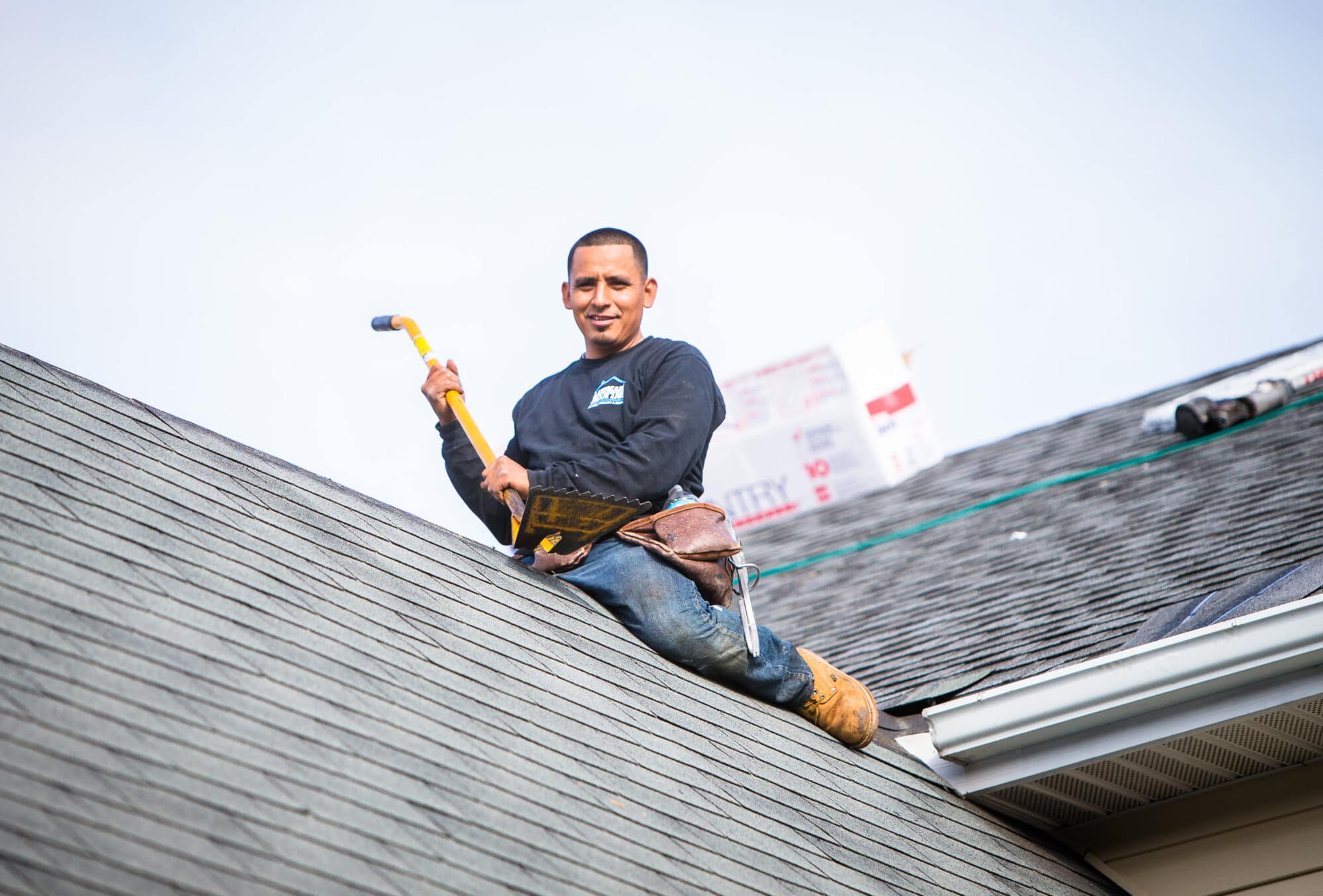The level rooftop is a genuinely late development in development just having come into standard use in the mid-twentieth century. While there are instances of early-level rooftops a large portion of the most punctual rooftops built by man have covered rooftops that were made of straw, leaves, branches, or reeds; they were typically set at a slant or pitch, so precipitation could deplete off them.
So if people learned from the get-go that having an incline on your rooftop is significant for what reason did level rooftops come into the image and for what reason would they say they are as yet being used today? I know some level rooftop property holders with endless, flawed tar-and-rock material that are posing a similar inquiry.
In any case, we should not look too ineffectively upon the level rooftop plan yet. There are reasons why level rooftop development started and why you may think about it for new home development.
How about we see what characterizes a level rooftop, its set of experiences, the advantages and disadvantages, and both old and new alternatives for roofing materials.
Adjusted Bitumen
This is the level rooftop that has that sort of look of cement or asphalt because of it having mineral-based assistance. The manner in which it’s appended to the surface separates into two gatherings: The first includes warming the glue prior to affixing it to a rooftop. The second is the most up-to-date and least demanding, which is a straightforward strip and stick framework.
The strip-and-stick is the more DIY type of material that individuals can introduce with just a Google video, while the more established warmed framework is combustible and not suggested for most structures. This type of material is considered neither costly nor modest.
Developed Roof
This is the more notable and conventional type of level material, conjuring old recollections of men on rooftops, working with tar. This hot tar is in the long run polished off with a rock. With the death of many years, this methodology has gotten further developed and more effective. It additionally still positions as the least expensive, however is unfathomably hefty, which means it ought to just be utilized in specific conditions.
Elastic Membrane
This is the rooftop that nearly seems as though it’s the outside of a non-stick skillet! This way to deal with level material is tough and is effectively introduced. It’s the most costly and the most handily harmed of every one of the three, yet additionally, the least demanding to fix.
With regards to picking between a pitched or a level rooftop, the main justification for individuals to go with a level rooftop is that it’s less expensive. The straightforward reality is that developing a pitched rooftop implies extra structure materials. A pitched rooftop must be developed and that costs time and cash, which implies that it’s the more costly elective while picking a rooftop.
The greatest benefit to pitched rooftops, notwithstanding, relies upon the environment one life in. In more northern climes, snow is a customary event. Whenever expected measures of snowfall for the most part don’t go past an inch or two, however, there’s no genuine benefit to a pitched rooftop, yet when managing obvious measures of snow, then, at that point the pitch is better ready to deal with the weight.
With regards to the overall utilization of level rooftops, there is altogether less work and time that goes into making one since the rooftop adds up to a basic cover over the highest point of the structure being referred to. This is one of the central reasons why enormous structures, similar to shopping centers or stockrooms, will in general have level rooftops.
Since they aren’t utilized as homes, there is no need to be as worried about the material. To add a pitched rooftop to something as extensive as a shopping center or other comparative estimated building would be amazingly expensive and it’s only simpler to stay with a level rooftop in those cases.
we are here to help you with your queries and information! feel free to contact us!



